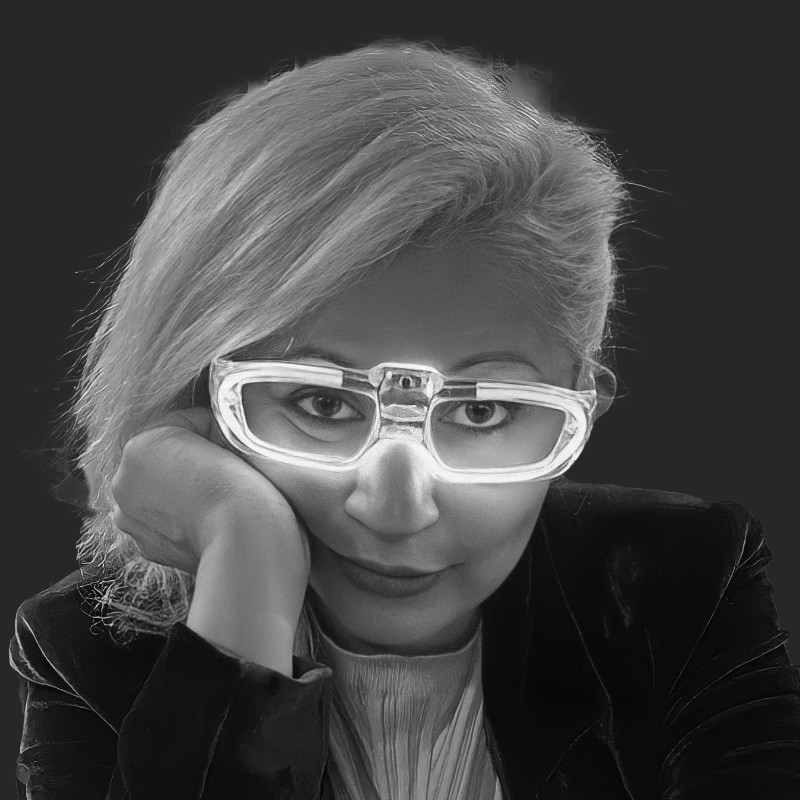“To translate brainwaves into images is not just decoding — it’s dreaming in another language.”
— notebook excerpt, speculative interface study
Objective
The objective of the meeting was to discuss and define the research strategy for the project, including the selection of keywords, the search for scientific references, and the creation of a prompt for deep research in ChatGPT.
Also:
- Publish Padilha’s post about the artwork “Revivification”
- Record a video about the project
Summary
- Padilha mentioned that, in his preliminary research, he found more publications on machine learning models that use images than on models that use words to generate images.
- Lina Lopes emphasized the importance of defining keywords and filtering scientific repositories to find relevant references for the research. She suggested building a prompt for deep research.
- They defined the key words and research areas to guide their reference search: such as neuroscience, machine learning, and language.
- They discussed the need to define a specific methodology for the research, taking into account the type of electrical signal captured during brainwave readings and the nature of the research found in scientific papers.
- The importance of defining a temporal scope for the research was highlighted, considering that many early papers in the field were still addressing technical challenges, according to Eduardo Padilha.
- Lina Lopes mentioned the existence of communities and hubs of artists working with data and neuroscience, such as OpenBCI and NeurotechX.
- They also discussed the importance of defining, beyond the search for scientific papers, a prompt for research in repositories of ordinary life references. The goal is to explore ideas around the words bioart, imagination, and creativity.
- Eduardo Padilha shared information about an exhibition by a collective of artists and scientists who use neuroscience data in their works.
Recorded Meeting in Portuguese
Actions
- Lina Lopes will connect with the OpenBCI and NeurotechX communities and share information with Padilha.
- They will define keywords and filter scientific repositories to find relevant references for the research. ✅ 2025-04-15
- They will define the methodology to be used based on the review of scientific papers.
Final Notes
- It is important to balance the technical-scientific dimension of the research with poetic and conceptual explorations, especially when dealing with themes like imagination and bioart.
- The team should remain attentive to interdisciplinary overlaps, as relevant insights may emerge from unexpected fields such as philosophy of mind, cognitive science, or speculative design.
- Consider creating a shared database or visual map to track the references and ideas that emerge, facilitating future synthesis and visualization.
- Stay open to redefining the research direction based on what emerges during the deep dive into literature and community insights.
 Lina Lopes
Lina Lopes  Revivification
Revivification